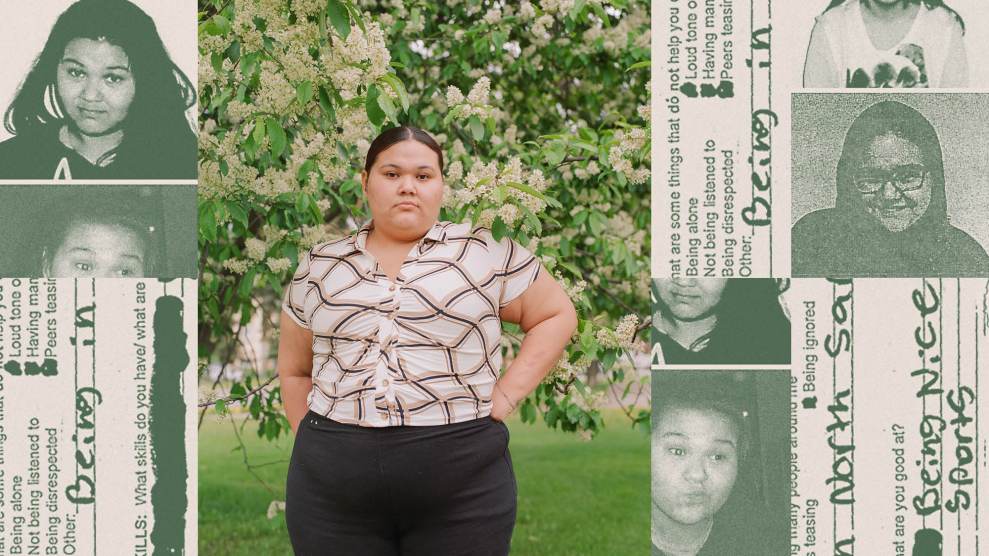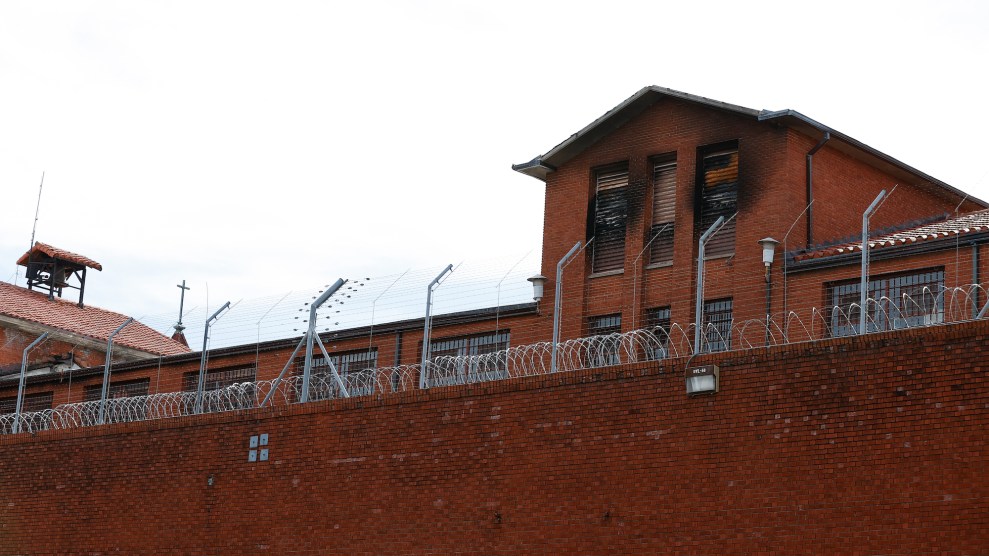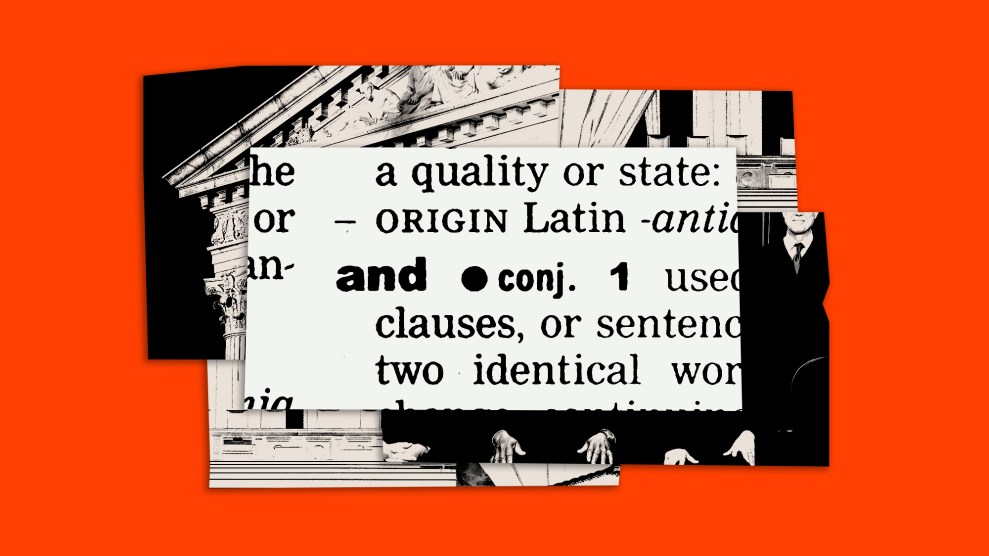However Arizona’s immigration law holds up in court, nearly half of the state’s residents believe that the polarizing debate has revealed underlying racial tensions and made Latinos more likely to be discriminated against. The Arizona Republic writes up the results of a poll it recently conducted:
In The Republic‘s telephone poll of 616 adults, conducted statewide between June 30 and July 12, nearly half of respondents—48 percent —said Latinos are more likely to be discriminated against compared with non-Latinos than they were six months ago. More than a third of respondents disagreed. The rest did not know or had no opinion.?
Nearly half of Arizonans also believe the immigration debate has revealed racial problems here and that Latinos are more likely to have their legal status questioned than they were at the start of the year, the poll indicates.
The poll results confirm how the heated controversy about Arizona’s controversial law has fueled fear and suspicion within the state, even before any parts of the measure had a chance to take effect. A federal judge blocked the most controversial parts of Arizona’s law last week and seems likely to strike them down in her final ruling. But there are still parts of the law that went into effect on Thursday—particularly a measure that outlaws transporting or harboring illegal immigrants—that continue to worry immigration-rights advocates.
It remains to be seen whether there will actually be an uptick in discrimination against immigrants by officials or the public at large in the wake of the law’s passage. But it’s clear that the measure has created a climate of fear that’s divided the state’s residents. And it could portend the controversy that’s to come in the other states that are still considering broad-sweeping anti-immigration laws like Arizona’s. While the federal legislators wanted to defer an immigration overhaul for another day—in part out of fear that the debate would prove too polarizing—it’s becoming increasingly clear that they can’t escape the heated politics surrounding the issue.











